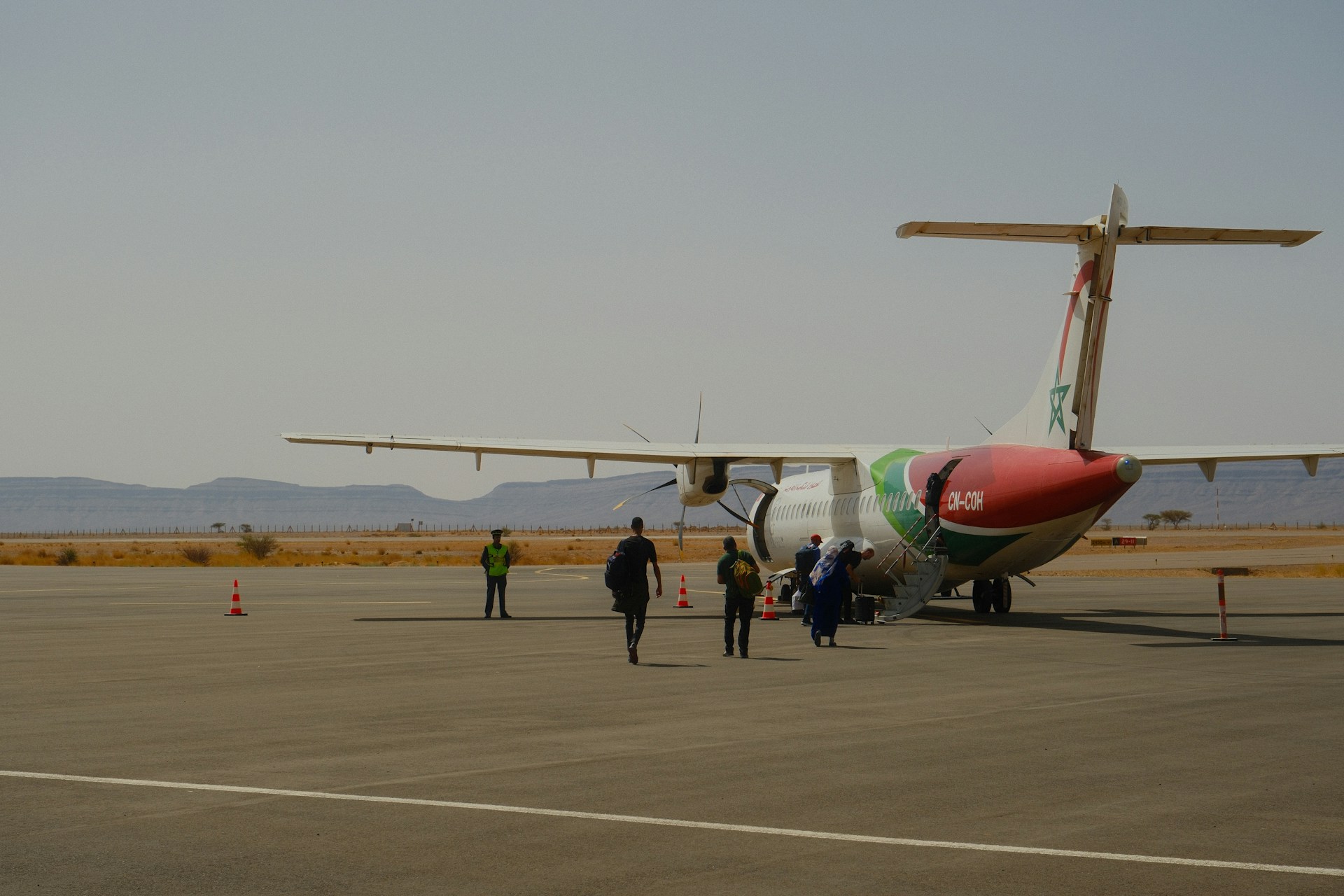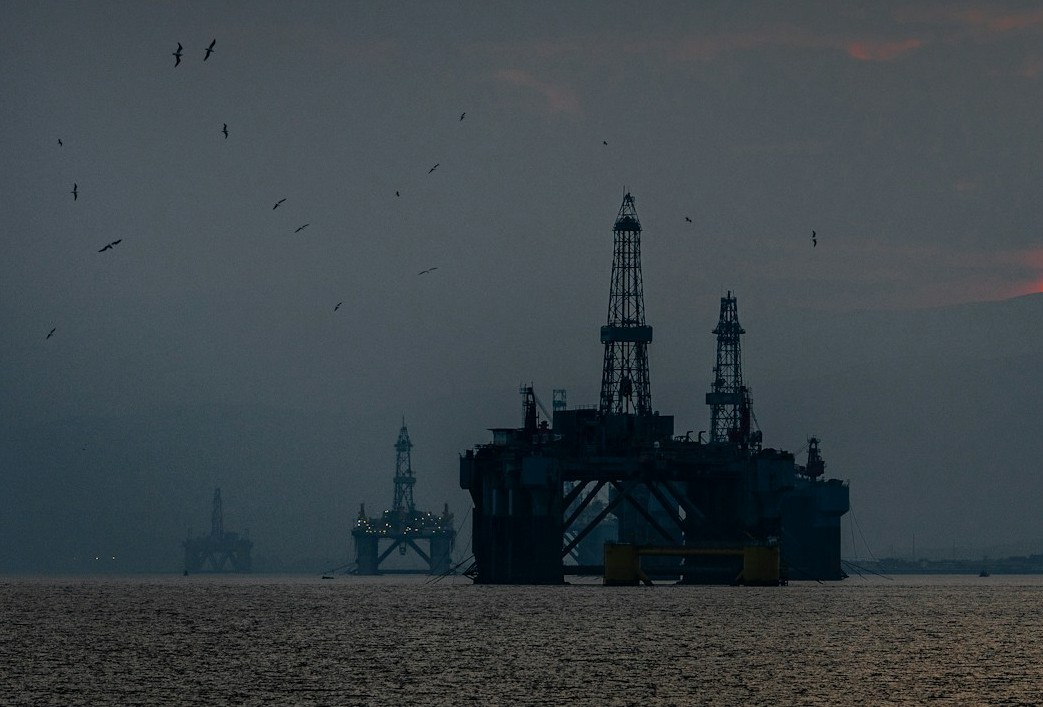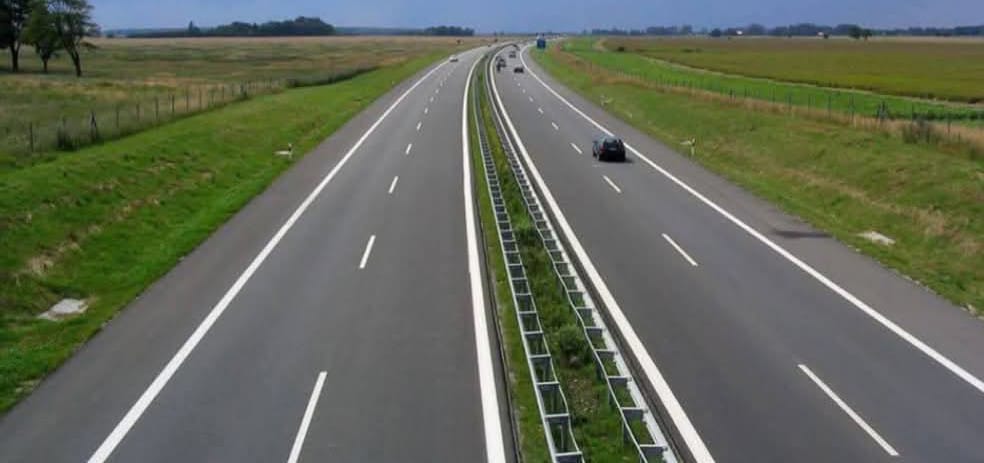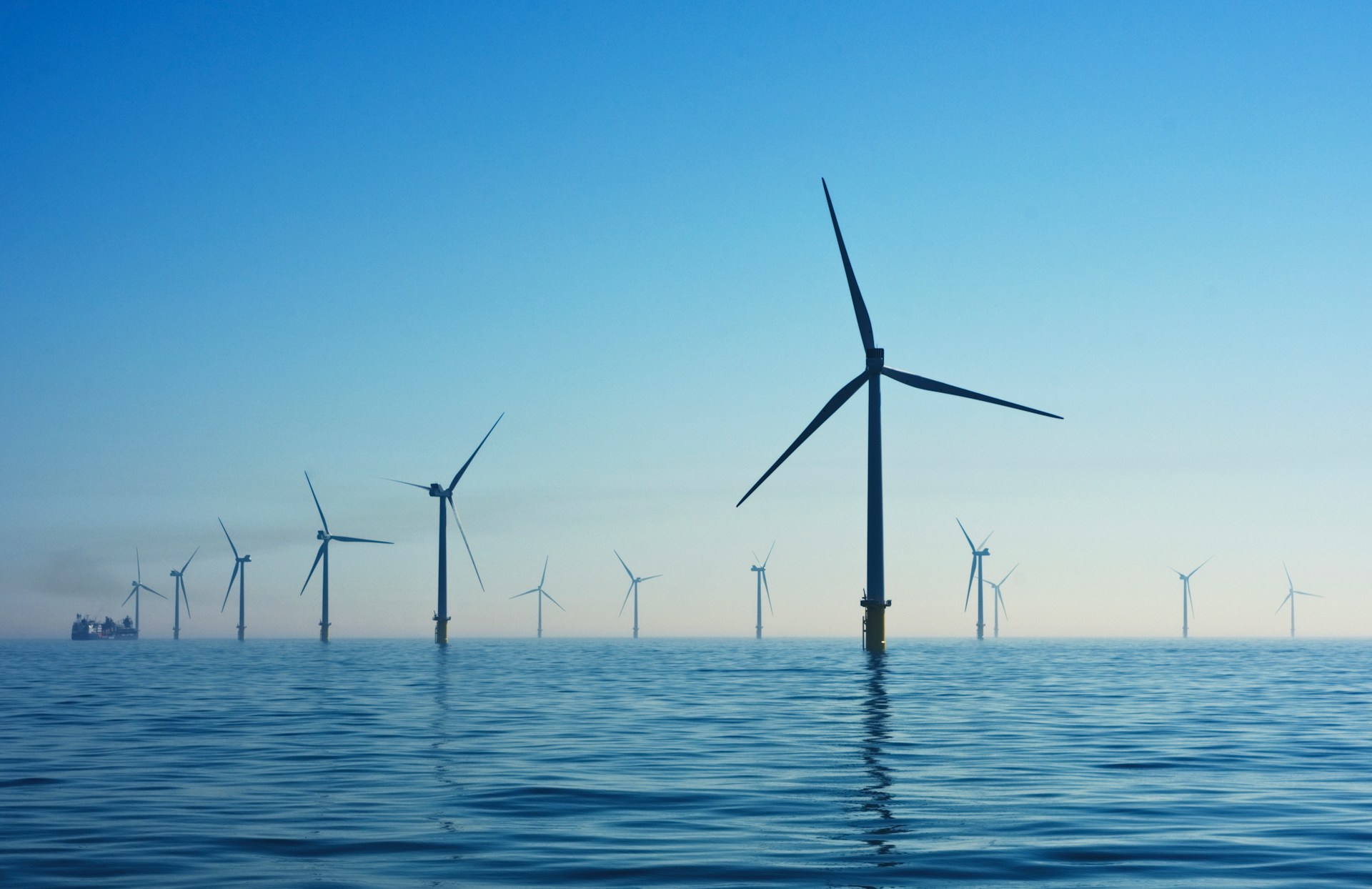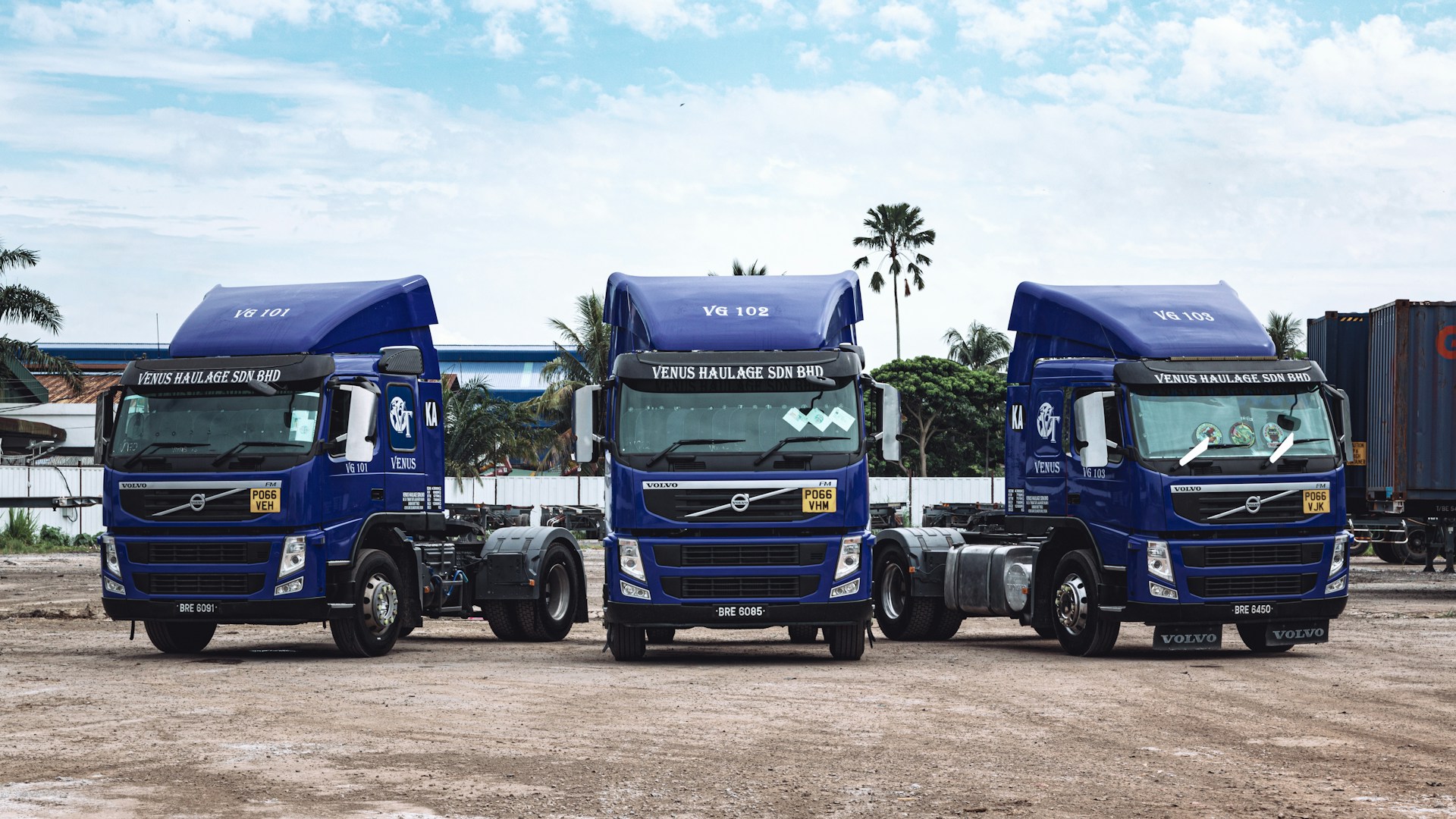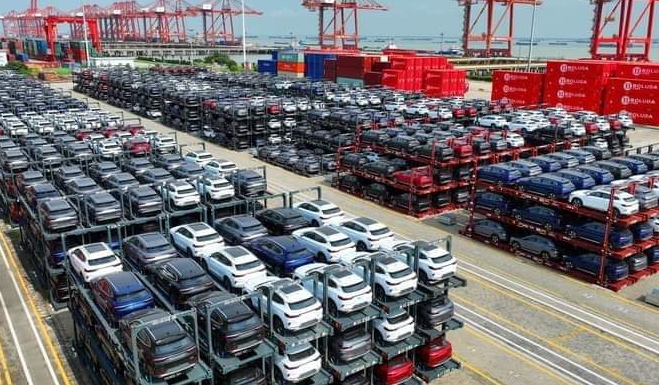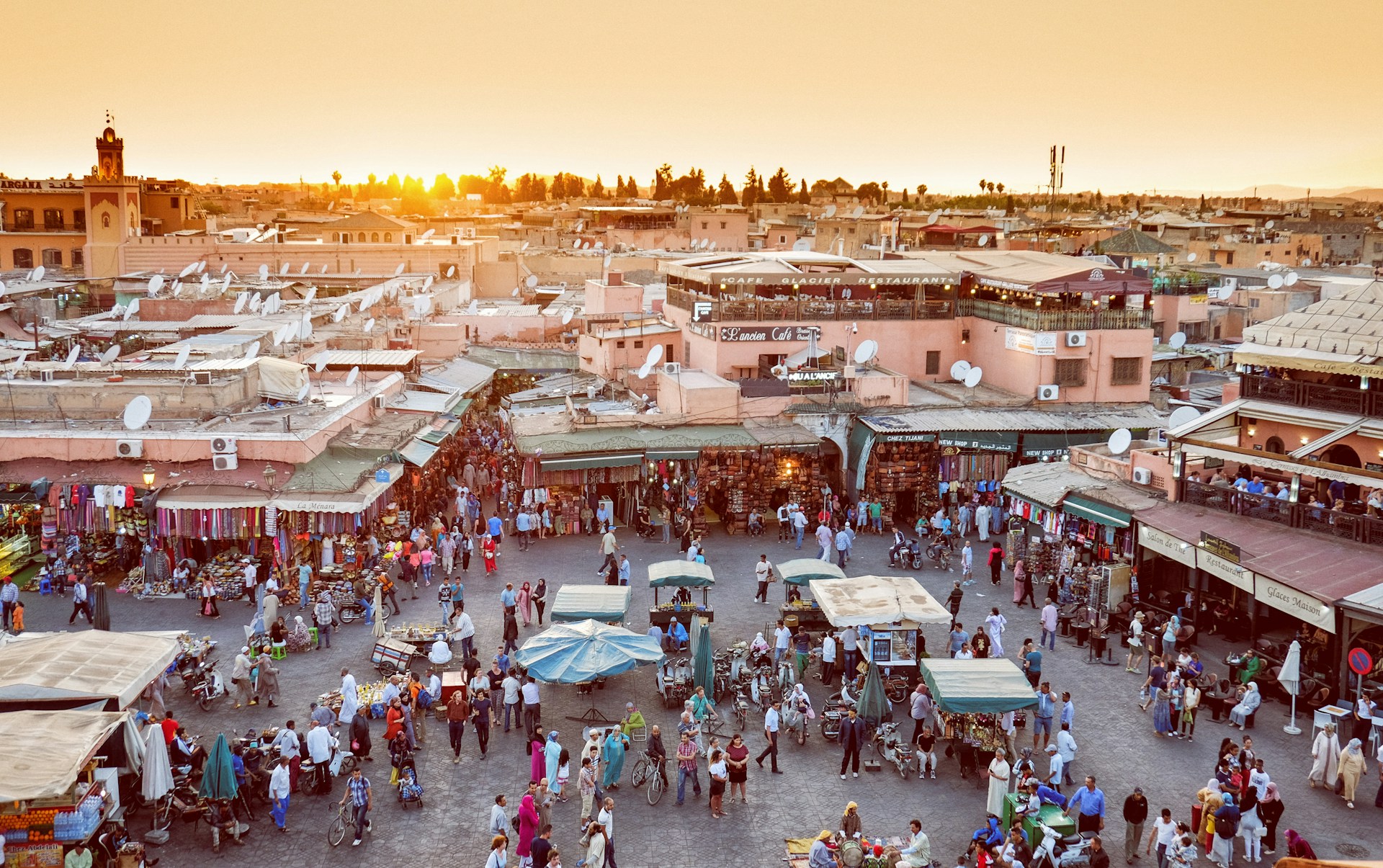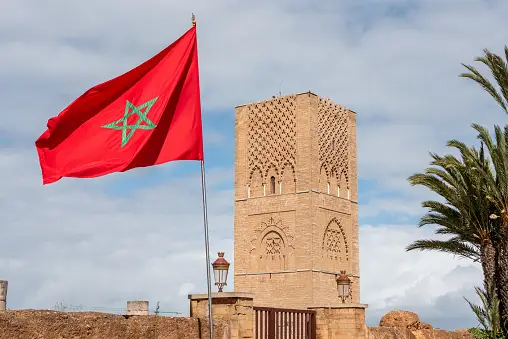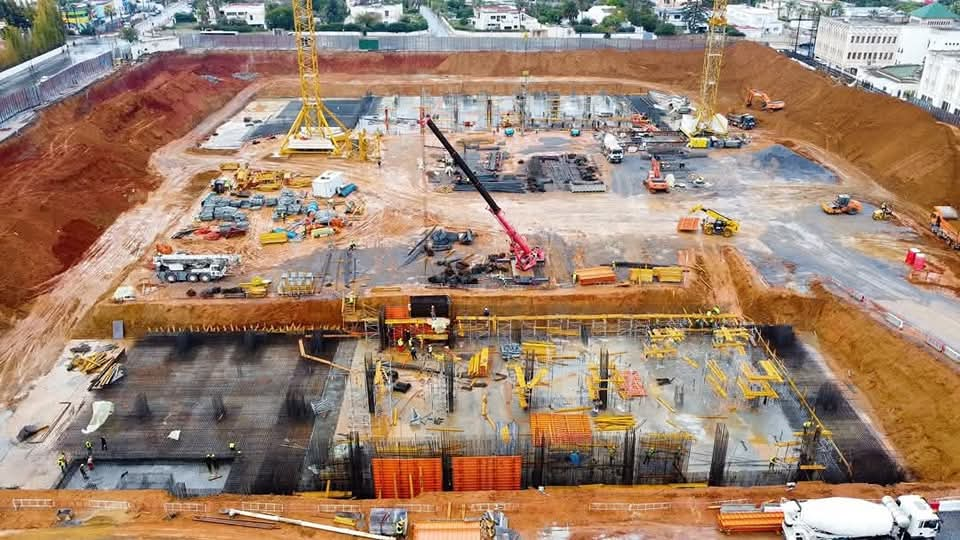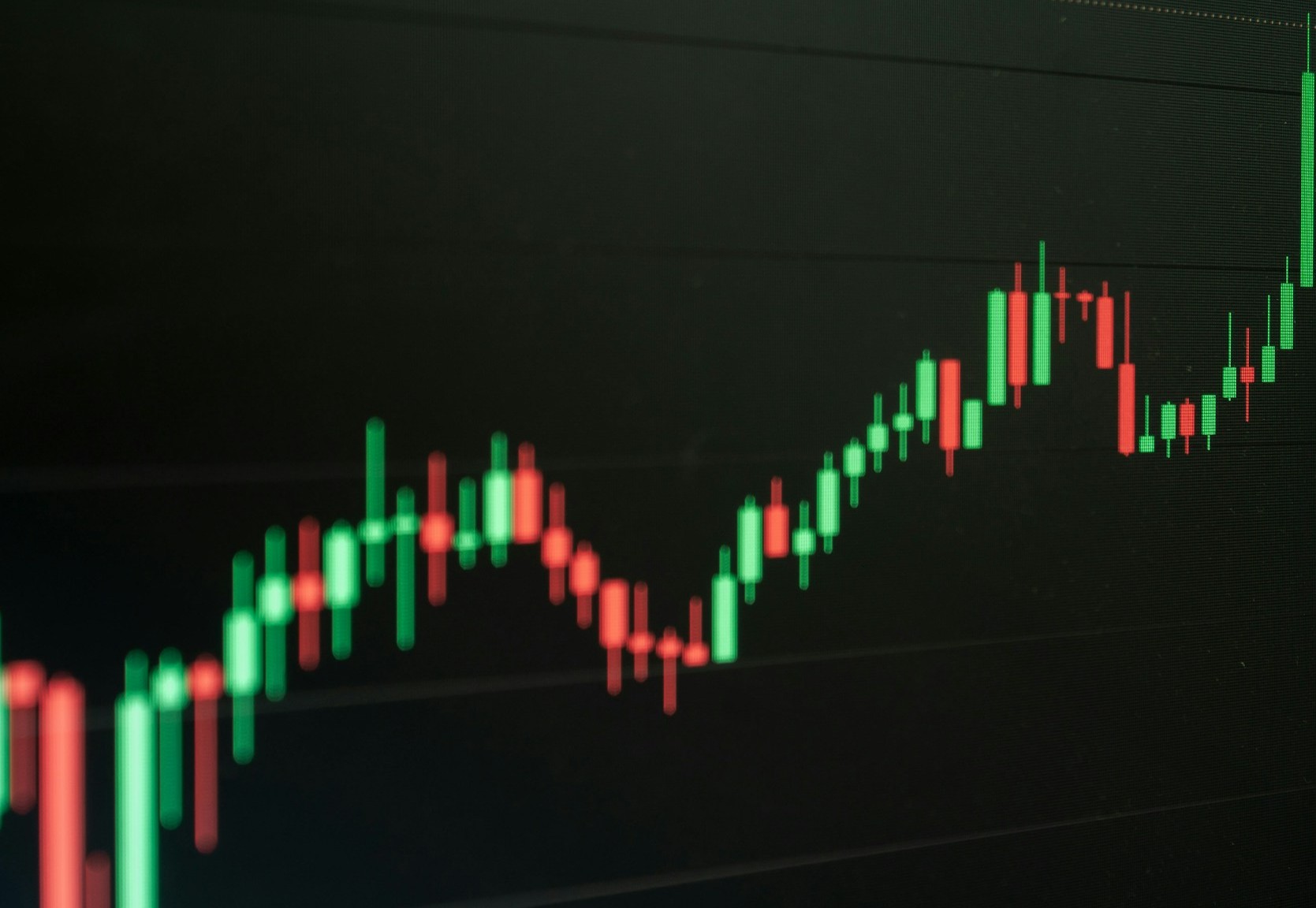Casablanca – Morocco’s ambitions to become a regional player in the natural gas market are gaining momentum, as several recent developments signal renewed commitment from international energy companies. The latest updates from British firms Chariot Limited and Predator Oil & Gas reflect both the challenges and evolving strategies shaping the country’s upstream gas sector.
Chariot regains full control over offshore licenses
One of the most notable shifts occurred when UK-based Chariot Limited announced it had regained full operational control of the Lixus and Rissana offshore licenses, situated off Morocco’s Atlantic coast. The move follows the exit of Greek company Energean, which transferred its stakes—45% in Lixus and 37.5% in Rissana—back to Chariot after a year-long partnership.
With this transition finalized, Chariot now holds a 75% interest in both licenses, while the remaining 25% continues to be held by Morocco’s National Office of Hydrocarbons and Mines (ONHYM).
The strategic withdrawal of Energean came after drilling results from the Anchois-3 well, located within the Lixus permit, fell short of commercial expectations. Though the well did confirm the presence of high-quality gas-bearing sands, the volumes discovered did not support Energean’s original development assumptions.
Despite this, Chariot remains optimistic. The company’s CEO, Adonis Pouroulis, emphasized that the Anchois gas field, with its estimated reserves of 18 billion cubic meters, still offers scalable development potential. “We believe there is still significant value in the Anchois area, and our next step is to define the optimal development scope,” Pouroulis said in a recent statement.
Chariot plans to continue work on engineering designs, environmental and regulatory approvals, and discussions on project financing and gas sales agreements. These steps, the company argues, will be crucial to bringing Anchois closer to commercial production.
Onshore promise: Predator focuses on Guercif basin
Meanwhile, onshore in Morocco’s northeast, Predator Oil & Gas has been ramping up its operations in the Guercif basin, an area spanning over 4,300 square kilometers. The company recently announced major progress at its MOU-3 well, part of a multi-well exploration program targeting shallow and deep gas-bearing formations.
Following independent analysis of perforation strategies for the “A Sand” reservoir, Predator is preparing to launch production testing in Q2 2025, contingent on equipment availability. The well has shown strong geological characteristics that the company believes are suitable for compressed natural gas (CNG) production, potentially allowing for near-term commercial output.
In parallel, Predator is evaluating the “Ma Sand” formation, a deeper, previously untested layer that was encountered during drilling at MOU-3. Efforts are underway to stimulate this zone using advanced techniques aimed at increasing pressure and gas flow rates.
Helium prospects enter the equation
In a strategic diversification of its exploration efforts, Predator is also eyeing helium potential. The company’s upcoming MOU-5 well, slated for drilling in early 2025, will target Jurassic-age reservoirs and assess signs of helium previously detected at MOU-3.
Helium is a valuable and scarce gas used in high-tech industries, including semiconductors, medical imaging, and aerospace. If confirmed, this could offer Morocco a niche opportunity in the global helium supply chain, currently dominated by a few producers.
Government support and energy strategy
These developments are taking place within the framework of Morocco’s broader strategy to diversify its energy mix, reduce dependency on imported fuels, and build domestic gas infrastructure. The Ministry of Energy Transition and Sustainable Development, in collaboration with ONHYM, is working with investors to streamline permitting, environmental reviews, and technical support.
Both Chariot and Predator have reaffirmed their commitment to working closely with ONHYM to adapt their development plans based on exploration outcomes.
Outlook: Risks balanced by long-term potential
While Morocco’s gas exploration sector still faces technical, financial, and geological uncertainties, the reengagement of operators like Chariot and the ongoing expansion by Predator highlight growing investor confidence in the country’s hydrocarbon potential.
The blend of offshore and onshore opportunities, paired with strong local demand for natural gas and favorable fiscal terms, positions Morocco as a compelling frontier market for natural gas exploration. Continued progress will depend on translating current discoveries into economically viable production, as well as securing the infrastructure and investment needed to support long-term growth.
As production testing begins and new wells are drilled, 2025 is shaping up to be a defining year for Morocco’s natural gas future—one that could reshape its energy landscape and reinforce its position as an emerging energy hub in North Africa.
